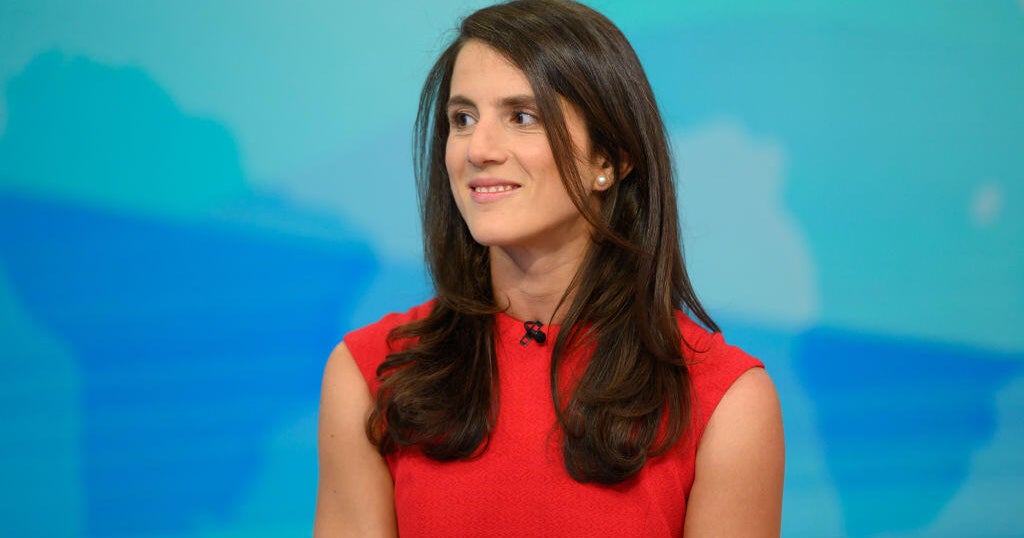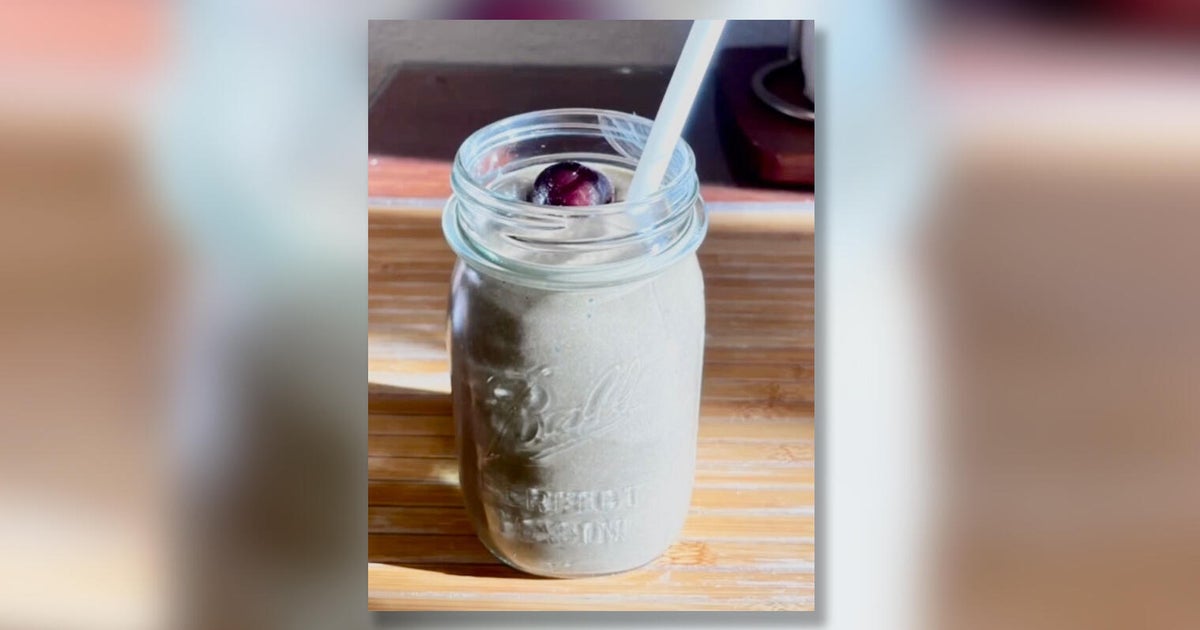Asking rugby league to come together can be like inviting cannibals to a family Christmas, but some time soon, every member of every club should pause and give an ovation for Alex Johnston.
The South Sydney winger is orbiting the game’s version of the moon landing: Ken Irvine’s record of 212 tries. If Johnston maintains his current rate – as prolific at age 30 as it was at age 20 – and if he stays fit, he will reach the record before Mad Monday.
Irvine’s 212, like Wilt Chamberlain’s 100-point NBA game or Jerry Rice’s 22,895 receiving yards and 1549 pass receptions in the NFL, is one of those freakish individual feats in a team sport that was never meant to be broken.
Here’s some perspective. When Irvine retired after winning the 1973 grand final with Manly, the next-highest try scorer in rugby league was the North Sydney Bears’ Harold Horder, whose record of 152 dated from 1920. When Irvine passed away from leukaemia in 1990, Terry Lamb was the only other player to have passed Horder’s total. The Back-Up Man ended up with 164 tries. Lamb played 350 games during 16 years and retired at age 35; he would have had to play on well into his 40s to challenge Irvine’s record.
No matter how prodigious a new try-scorer was, Irvine’s 212 was still over the horizon. Steve Menzies, after 15 years and 349 games of running into gaps created by Cliff Lyons, Des Hasler and Jamie Lyon, retired with 180.
Billy Slater, on the end of scoring moves with Melbourne Storm teams that won 209 of his 296 games, finished his career with 190. Irvine’s 212 remained as mythical, and unattainable, as Don Bradman’s 99.94 Test batting average, more an idea of human potential than a real target.

Credit: Simon Letch
Slater had the good fortune of playing in a dominant team. Maybe the best comparison to Irvine is Tony Lockett’s 1360 goals in the AFL. Lockett, like Irvine and Johnston, was a finisher in teams that were not blessed with consistent success. Plugger played 11 seasons for the hapless St Kilda and five for the Swans, who he helped to one grand final.
Irvine made a twilight switch to Manly, where he won two premierships, but he’d scored 171 of his tries – at a faster rate of one per game, in his 13 seasons at North Sydney. Only twice in that time did the Bears reach the semi-finals, and only in three of those seasons did they win more games than they lost. Yet somehow they still found a way to get Irvine into space.
Irvine had his own superpower: he sprinted professionally and ran 100-metre times that could have made him an Olympic Games finalist. The Bears signed him up for life when he was 17 – but of course, a life sentence at North Sydney often meant a parole period at Manly. Amazingly, Irvine would be selected in the notional all-time teams for both of his clubs, and in 2008 he was an easy pick on the wing for the Australian Rugby League’s centenary dream team.
Old records are usually broken by a statistical advantage of later eras: modern players often get more chances and more games to pile up whatever stats they need. But Johnston’s try-scoring rate is almost identical to Irvine’s. This is the most astonishing of all his statistics. Irvine played 236 first-grade games, and Johnston has played 237. In game No.234, he crossed the line four times against Melbourne. Souths, inevitably in this season when Johnston has played outside fill-ins and makeshifts, lost the game.

Alex Johnston is just six tries short of Ken Irvine’s 212.Credit: Getty Images
The one advantage Johnston has had over Irvine is the NRL’s sensible rule change, back in 2010, to make the corner post inside rather than outside the field of play. It has enabled wingers to score tries that would have been disallowed before 2010.
Similar to Irvine, on the other hand, Johnston’s career winning rate is 57 per cent, well below those of Slater, Lamb and Menzies. He started out in Souths’ feeder team in 2013 – which was, appropriately, North Sydney. His debut first-grade season was Souths’ 2014 premiership-winning campaign, but he hasn’t spent his career sitting pretty outside Greg Inglis.
Latrell Mitchell and Cody Walker have done their bit, but Johnston manages to get the ball in space in even the weakest Bunnies teams. The Sydney Roosters coach, Trent Robinson, raised a few eyebrows this week when he kept going on about “Roosters footy” – whatever that is, some kind of ‘brand’ – but there’s no jargon or kidology about what “Rabbitohs footy” is: just get the ball out to the left wing.
This week, Johnston has signed a two-year extension with Souths, meaning that in all likelihood he will turn an “Irvine” into a “Johnston”. He’s still only 30 years old. In our lifetimes, it’s impossible to imagine anyone reaching the mid-200s he is sure to retire with. Daniel Tupou, who on Friday moved into fourth place on the all-time list, is four years older than Johnston.

Ken Irvine finds the tryline against Canterbury in 1961.Credit: Fairfax Media
The magnitude of Johnston’s achievement is a thing of wonder. The question remains how rugby league will celebrate. They’ll have to be ready with the balloons and streamers. Please don’t let them spoil the moment with Sweet Caroline. This one is unique.
Happily, Johnston has turned his left wing into a quiet space where the only enemies he has made in rugby league are the touch judges. His indigenous heritage means his record will offer a special inspiration beyond the rectangle of play. Johnston also has Lumi ancestry from Papua New Guinea, and if he’s not still playing when the PNG team enters the NRL, he will be offered an ambassadorial role.
Loading
Which is to say, in the weekly reality show that the NRL can be, the Irvine becoming the Johnston will be one of those beautiful moments to just stop, stand, and applaud. Here is someone who has truly let his footy do the talking.
The day it happens, whoever is at the ground should be allowed to leap the fences, charge on and mob him in the way that Lockett was back in 1999 and Lance Franklin was when he went past 1000 goals in 2022. The field invasion is a thing of the past, and security guards tackle better, some days, than Souths’ current middle forwards. But the joy of this record should be allowed to overflow. It won’t happen again while any of us are alive.
Michael Chammas and Andrew “Joey” Johns dissect the upcoming NRL round, plus the latest footy news, results and analysis. Sign up for the Sin Bin newsletter.
Most Viewed in Sport
Loading


















































